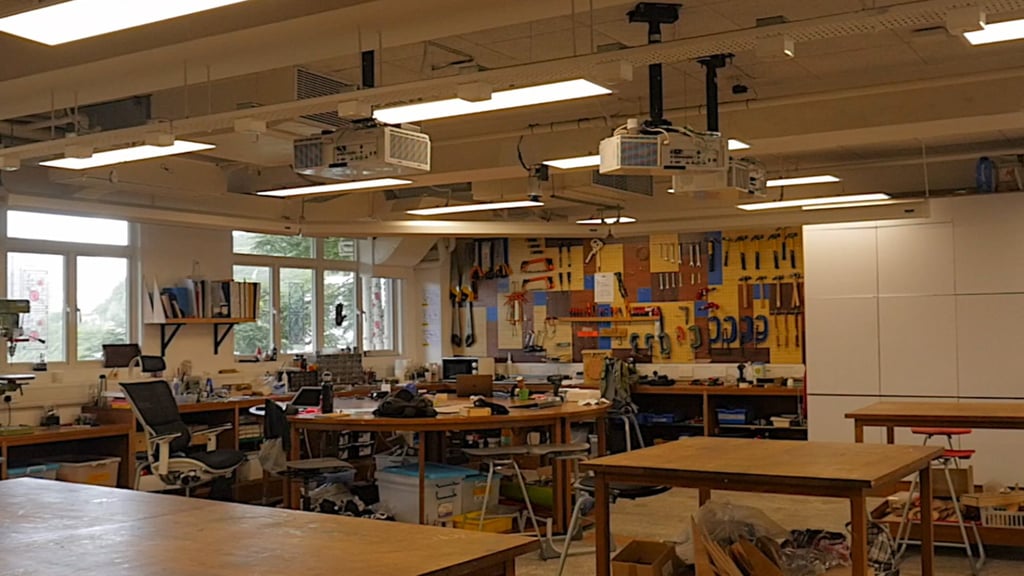Rethinking 5 educational myths through the experiential learning approach
- The Harbour School in Hong Kong redefines rigour by emphasising learner engagement that encourages deeper understanding, says primary principal Christine Greenberg
- Students apply academic competencies in cross-disciplinary experiences utilising an on-campus makerspace, a marine lab and a sailboat serving as an outdoor classroom
[Sponsored Article]
The Harbour School (THS) – a private primary and secondary school in Hong Kong taking a progressive approach within an American curriculum – is championing a different pathway to success that confronts some long-held myths about education and how it should shape students. Christine Greenberg, primary principal of THS, rethinks these myths while discussing the rigour and value of experiential learning.

Myth 1: academic competency is the ultimate goal of education
She adds that another goal of education is to help students determine their own strengths while working on a cross-disciplinary application of subjects. To this end, THS students are encouraged to go beyond a narrow definition of academic competence by leading and engaging in hands-on projects that utilise the school’s three Centers of Excellence. These include a purpose-built makerspace called The Foundry, the Marine Science Center and a sailboat named The Black Dolphin.

Greenberg points out how THS high school students raised money to build a school for hospitalised children in Kenya via an intensive project that included making real-life pitches to global companies for funding. Students used The Foundry to design and 3D-print a model of the proposed school, which was exhibited during their pitches. They ended up raising US$60,000 – exceeding their initial goal by US$10,000, without financial help from their parents – and the school is now operating in Kenya.